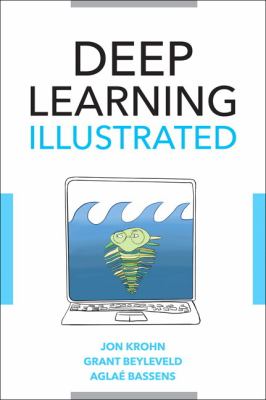
館長分享
Artificial intelligence allows computers or machines to mimic the intelligence of human such as recognizing objects in photos or video (computer vision) and turning human speech into text format (speech recognition). For complex tasks like these, it is impossible to “tell” a computer what a human face looks like or what a word sounds like by a set of rules or descriptions. The computer learns these by “seeing” thousands of photos of human and “listening” to thousands of human speech. This is called machine learning. Deep learning is the most powerful type of machine learning. Inspired by how neural network works in human brain, computer scientists mimic this neural network with computer. By passing a large data set through layers of artificial neurons, increasing complex features of the data set are uncovered. Based on these features, the computer can make sensible decision.
This book begins with introducing how the biological visual system works and how it inspired computer scientists to find a new approach of deep learning for machine vision. It explains the core concept of deep learning and its application on computer vision and natural language processing. With some experience in programming, you may follow through the examples in the books to build your own deep learning project. In the examples, Python is used to prepare the data for modeling and Keras, a high-level deep learning API, is used to construct the artificial neural network in TensorFlow. All the resources involved are free and can be found on the Internet.
This book covers the essential underlying theory with minimal mathematical formulas. Knowledge in high school mathematics and basic programming would allow you to learn from the book more effectively. This is a good starting point for understanding deep learning and applying it to an application.

